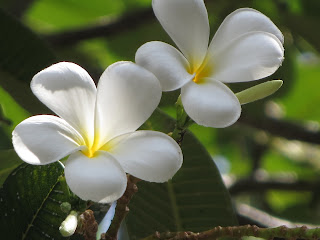Sri lankan brown winged butterfly

Found in countries such as, Sri Lanka, Africa to Burma. A medium sized reddish brown butterfly with rounded wing spices and rather long wings. It is brightly colored with a remarkable range of colors. The wings are somewhat transparent. The upper side is filled with black spots and small markings. The marginal band of the hind wing on the upper sides is black and has small white spots. The corresponding band on the underside is much wider, but is almost entirely occupied by large white spots. Female is dull brown in color and the wings are more transparent than the male. The female possess what appears to be a post- copulatory sphragis (plug) covering the ostium. A common butterfly found throughout the island from sea level to 2000 feet elevation. It is a butterfly of open spaces with lots of sunshine such as, edges of forests and cultivated fields, roadsides, property boundaries with over-grown vegetation, coastal sand dunes and secondary forests. It may be seen th...

